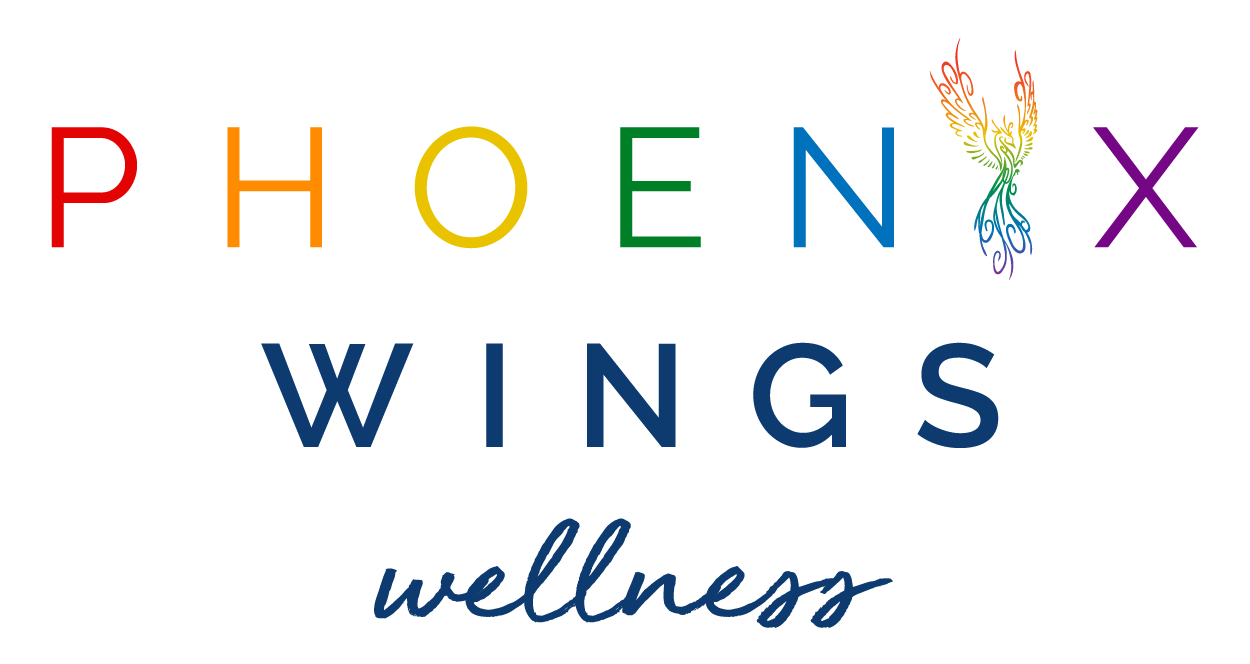Suicide and self-harm awareness #stopthesigma
We are dedicating June to creating awareness on both suicide and self-harm in the hope of stopping the stigma that is sadly attached to mental health issues.
Let's start with identifying the difference between self-harm and suicide.
Self-Harm
Self-harm can be described as someone who hurts themselves on purpose (without wanting to die) and is considered to be a behaviour used to cope with difficult or painful feelings.
People may start self-harming as a teenager or young adult and a behaviour that can become a habit that is difficult to stop. Some examples of self-harm include:
Starving themselves as punishment
Cutting their skin with sharp objects
Taking an overdose of medication or drinking poison
Burning their skin
Hitting their body with fists or another object
Scratching or picking their skin, resulting in bleeding or welts
Pulling out their hair
Supporting someone who self-harms can be hard and you may find it difficult to understand why they hurt themselves....here are a few helpful hints on how you can help someone who self-harms:
Try to remain calm, open and honest. Try not to be judgemental, shocked or take their behaviour personally. Try and see the situation from their point of view and understand why they engage in self-harm.
Let the person know that you support them and listen to them express their feelings. Remind them that it is a coping strategy, and support them to find new coping strategies. You can do this by helping the person make a plan about what to do when they feel like self-harming (help them look for alternative options...for example; maybe they could write down their feelings, read a book, have shower etc). This could help them feel supported, safe and more in control of their situation. This is the one I use with my clients…click here to download.
Ultimately, try to encourage them to seek support from a mental health professional or their GP – you could even offer to go with them to their appointments if they feel scared or uncomfortable to go alone. In the meantime, a list I have developed called Alternatives to Anything is a great resource to work out distractions that could help with finding different ways of expressing or distracting yourself (you will find a link for the PDF further down in this blog, should you want to download).
Suicide
Ask the hard question “Are you having thoughts of suicide?” - don't be afraid in asking directly if they are considering suicide ? I know it's a hard question to ask...but asking directly eliminates any chance of being misinterpreted and it shows you care and they aren't alone.
Listen – let them do most of the talking and allow them to express their feelings without feeling judged. People often feel a great sense of relief someone wants to talk to them about their darkest thoughts.
Check their safety - if you are really worried don’t leave them alone, remove items such as weapons medications, drugs, alcohol, even their car keys. Seek help immediately by calling 000, taking them to your local emergency department or call a helpline.
Decide what to do and take action – talk about what steps can be taken to keep them safe and encourage them to seek help from a professional..... you could also help by finding out information on the services that are available for a person who is considering suicide.
Talking about mental health can give people the freedom to seek help and find people who can relate...and hopefully move towards their well-being. We must create an environment where discussing emotions and asking for help is the 'norm' and those who are dealing with mental health issues don't feel isolated. Be the change needed and show people who may be currently self harming or having suicidal thoughts that it’s perfectly ok to speak out. That said, it is completely usual for someone who has depression to have thoughts just pop in to your head along the lines of not wanting to be here anymore, that it would be easier for everyone else if I weren’t here, I just don’t want to deal with the pain. It is still really important to seek help from professionals in this case. Again using the Alternatives to Anything pdf can help with distracting yourself from these thoughts. Click here to download
So, lets #stopthesigma right now and start (and continue) the conversation about mental health.
For those who are in need of help and unsure of where to start, here are a few numbers for you to refer to;
Lifeline Australia – 13 11 14 (24 hours, 7 days a week)
Beyond Blue – 1300 224 636 (24 hours, 7 days a week)
Accessline – 1800 800 944 (New South Wales)
24 Mental Health Crisis Line - 1300 881 104 (Victoria)
Wagga Wagga Rural Referral Hospital - (02) 5943 1000
Corowa Hopital – (02) 6033 7555
Albury Base Hospital – (02) 6058 4444

